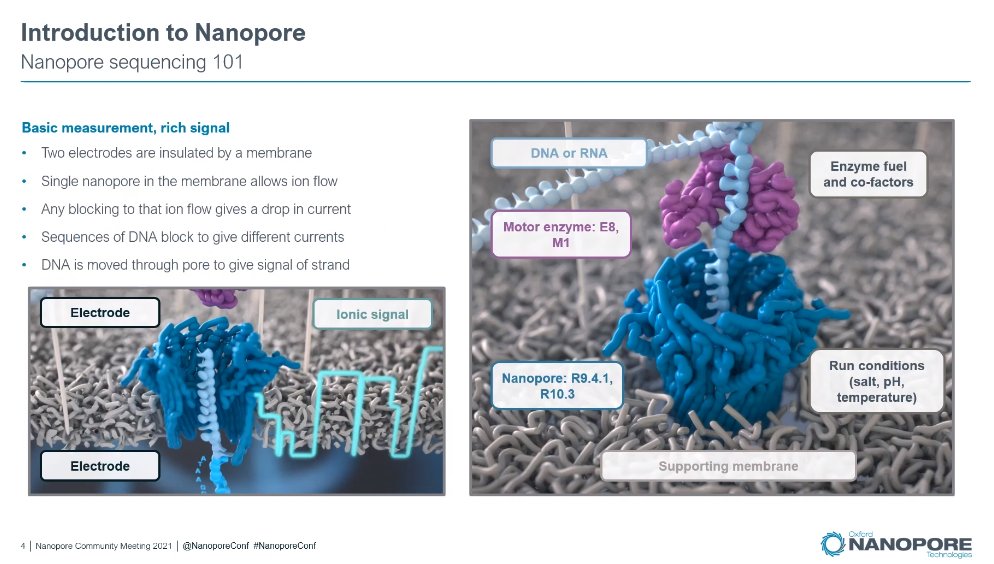
Those who follow my account for a while will already know that I've been following the field of Next Generation Sequencing for many years now, and I keep a series of resources comparing different platforms and technologies.
Beyond the first tier of 4-5 large NGS companies out there, such as Illumina, PacBio, Oxford Nanopore, Thermo's Ion Torrents and MGI Tech, there is now a growing group of small companies pinning for an NGS market which is growing and maturing in many ways.
I keep a table comparing these companies, with around 40 different ones, although some of them have a small chance of making it into the market, and they may be acquired by someone else to expand their technological capabilities. bit.ly/nngseq
There are a couple of other great resources out there, one by @SanDiegOmics (sandiegomics.com/ngs_companies/) and the other the blog posts by @new299 (41j.com/blow):
In order of the ones that are ready for the market, we can list GenapSys (low CAPEX instruments with a technology similar to the Ion Torrent sequencing method), Singular Genomics (the G4 short-read instrument is about to go full commercial), ...
... Omniome (sequence by binding short-read technology acquired by PacBio), Element Biosciences which doesn't have a product described but the hiring rate indicates this could happen soon, Centrillion Biosciences (array technology) DNAe, Roswell Bio, GeneMind Bio, etc.
In all the ones enumerated above, there is still a relatively clean split between short reads and long reads. Illumina dominates the short-read market but will be challenged by the MGI Tech offerings soon, now that the IP barriers are about to come down.
There is another group of 3-4 challengers in the short-read market, which will remain in one shape or another as long as cheap 166bp reads are important, i.e. cfDNA liquid biopsy applications. Then there is a group of entrants where read length will be less of a constraint.
Maybe some of these will become "read length agnostic", in the sense that they will be able to produce good quality affordable reads regardless of the fragment length. Oxford Nanopore has shown the way here by being able to produce 150M short reads in their Promethion flowcells.
All in all, quite a lot to keep an eye on for the next few months (AGBT is scheduled for June 2022 now).
• • •
Missing some Tweet in this thread? You can try to
force a refresh











